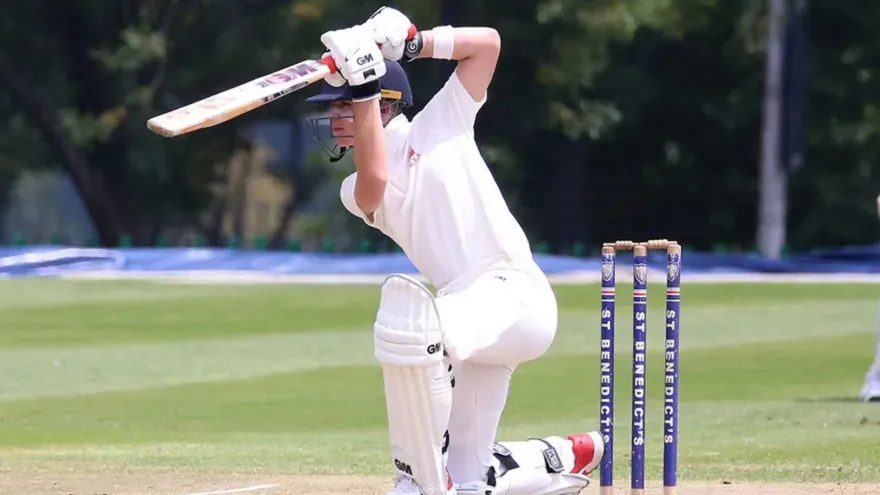If we hear DRS the first question in our mind is what is the full form of DRS? DRS stands for Decision Review System and it was first introduced into test cricket in 2011. It was implemented to help umpires make tight calls over dismissals such as LBW, Run Out and Stumped. In a test match each team has two innings and an equal number of Drs is given to each team. If they feel that an incorrect decision was made by the umpires on the field, they have the right to ask for the Decision Review System to intervene. Drs is only taken by the fielding captain and the batter who is batting. The standing umpires will then refer the decision to the third umpire in order to confirm or overturn the original call.
Using slow motion TV replays and other technology, the Television umpire will then have the final decision. It’s a significant development in the game which is in place to make sure that no major errors are made on the field.
If we are talking about the rules of the Decision Review System. There are currently 10 ways in which a player can be given out and, in most cases, the dismissal will be obvious. Drs is mostly used Leg Before Wicket if the decision is not an obvious one and the fielding side will appeal to the on-field umpire. In turn, the umpire will assess what has happened on the field and he or she will decide whether the batsman is out or not out.
Drs is not only used for leg before wicket it is also used for run out or if batsman hit the ball caught by fielder and on field umpire did not get proper view that fielder takes a proper catch or not then he refers to third umpire then he takes the right decision. And in case of a run out, if the field umpire is not able to make a proper decision, then go for the third umpire, he watches the footage and makes the right decision.
The DRS is also used for Ultra edge equipment used to uphold or overturn these decisions. Sound waves show up to interfere with a flat line and it should be clear to the umpire if those deviations are caused by the bat or ball onto the glove.
Also Read | What is the helicopter shot and its invention? Players who are famous for playing helicopter shot
Now we talked about umpire’s call UDRS also has a feature known as Umpire’s Call which relates to marginal decisions. In cricket, the on-field umpire’s decision has always been final and the Umpire’s Call rule also helps to maintain that ethos.
Introduced by the International Cricket Council in 2016, Umpire’s Call refers to marginal LBW decisions and, specifically, where the ball hits. It can either relate to where the ball pitches, where it strikes the batsman and where it strikes the wickets. If those points are marginal and less than 50% of the ball is where it needs to be, then the umpire’s call is in play and the decision will remain with the on-field umpire.
Walking through the LBW process, the first point to consider is where the ball has pitched. If it pitches outside leg stump then the batsman cannot be given out leg before wicket. Following a player referral for LBW, ball tracking technology (also called Hawk Eye) will look at this question in the first instance. At least 50% of the ball needs to pitch in line for any decision to be overturned by the third umpire. If less than 50% pitches in line with leg stump, the LBW decision stays with the on-field umpire.














